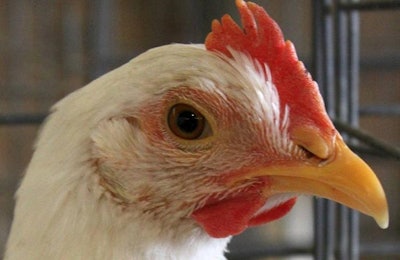
Avian influenza outbreaks already occur with such frequency in Europe and North America that some propose accepting the disease as endemic and acting to mitigate the damages caused by each outbreak to the international chicken meat trade. These people don't lack reason. It would be logical, considering also that it is proven that the vector of transmission will never be a processed and frozen bird. Avian flu does not travel in temperature-controlled containers in vessels, but in live migratory wild birds.
Perhaps the reluctance to accept avian influenza's status as a global health problem lies in the imperviousness enjoyed by most of South America, the continent with the world's largest chicken exporter, Brazil.
Except for some episodes in Chile that were successfully controlled, avian flu has not hit South American commercial poultry, although it has done so in the rest of Latin America, such as Mexico and the Caribbean. Why? Are poultry producers on opposite sides of the continent so different, despite being all "Latino," with all that this means in terms of culture and resources for health interventions?
Something does not fit, right? Even more so if we take into account that South America is the autumn destination of millions of wild birds that come from North America – many after passing over the Atlantic. These are the same feathered creatures that each year bring virulent flu strains encountered in huge poultry production centers from Canada to Mexico, and that sometimes touch islands in the Greater Antilles.
According to experts in this disease, the only thing that would explain "the good fortune of South America" is precisely in what makes it unique: to have the largest tropical forest in the world. Apparently, the Amazon, with all its extension and exuberance, acts as a defuser of the strains, since it concentrates the vast majority of potentially dangerous migratory birds and distances them from the main animal production areas.
Then, seen this way, preserving that natural reserve would have an enormous additional benefit for the poultry industry. But, are we doing it? It seems not, and what's more the poultry industry continues to indirectly participate in deforestation of the Amazon. Each year, 800,000 hectares of forest are devastated in Brazil to plant soybeans and corn, which are mainly used to prepare animal feed, including poultry.
Bolivia does the same with 350,000 hectares per year of its Amazonian portion; Paraguay, somewhat less with its Chaco region. Peru and Colombia are the least developed, but they are looking to not miss their share of this promising cake of vast monocrops. In soybeans alone, Brazil projects to go from the current 34 million hectares planted to 54 million hectares in ten years. Hopefully, we will not end up finding avian influenza along the path to higher agricultural yields.


















